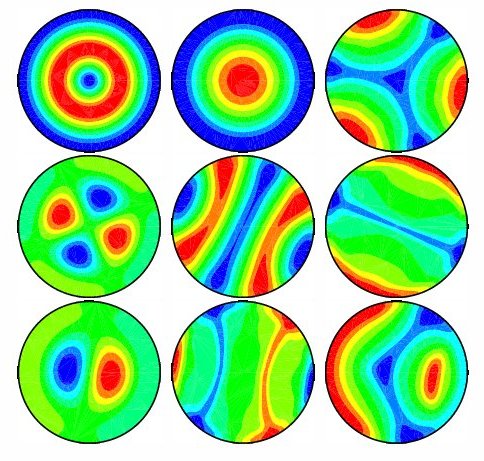How many modes does it take to describe the hydrosphere in climate simulations?
Bérengère DUBRULLE
CNRS, CEA Saclay
B. Dubrulle, F. Daviaud, A. Chiffaudel, B. Saint-Michel, F. Ravelet, P. Cortet, E. Herbert
SPEC, CNRS, CEA Saclay, 91191 Gif sur Yvette Cedex, France
Work done with F. Daviaud, A. Chiffaudel, B. Saint-Michel, F. Ravelet, P. Cortet, E. Herbert, S. Thalabard, D. Faranda, D. Paillard, A. Barral, Q. Pikeroen, G. Costa, A. Mailybaev, C. Campolina
According to everyone's experience, predicting the weather reliably for more than 8 days seems an impossible task for our best weather agencies. At the same time, politicians and citizens are asking scientists for decades of climate predictions to help them make decisions, especially on CO2 emissions. To what extent is this request scientifically admissible?
In this presentation, I will investigate this question, focusing on the topic of predictions of bifurcations of the atmospheric or oceanic circulations. In such case, the issue is whether present climate models, that have necessarily a finite resolution and a smaller number of degrees of freedom than the actual terrestrial systems, are able to reproduce spontaneous or forced bifurcations. For this, I will use results obtained at SPEC in a laboratory analog of such systems, so called von Kármán flow, in which spontaneous bifurcations of the circulation take place. I will detail the analogy, and discuss what is the effect of reducing the number of degrees of freedom in such system. I will highlight the importance of fluctuations and discuss a new type of models that would be suitable to capture them, based on computations on a logarithmic lattice.
IMAGES

Convection thermique dans une boîte cylindrique (plus de détails...)
CONFÉRENCES
2nd European Fluid Dynamics Conference, Dublin, Ireland, 26 Août 2025